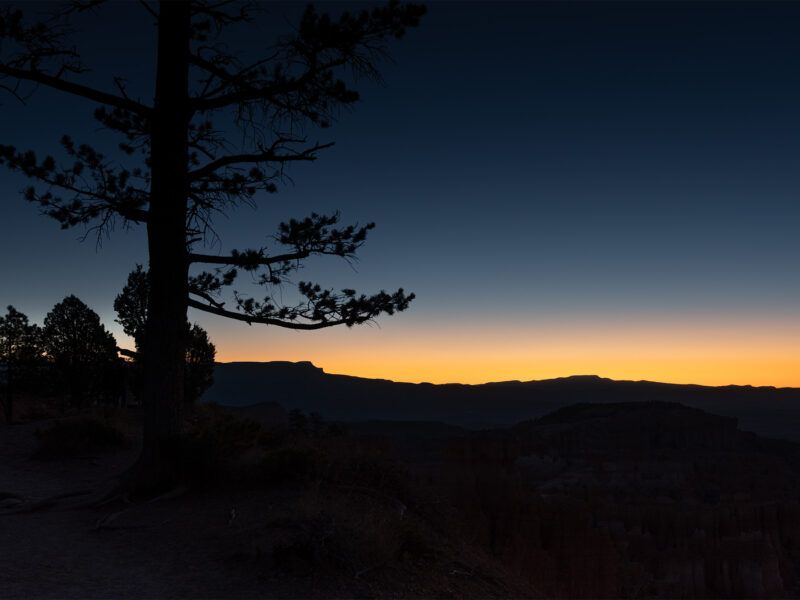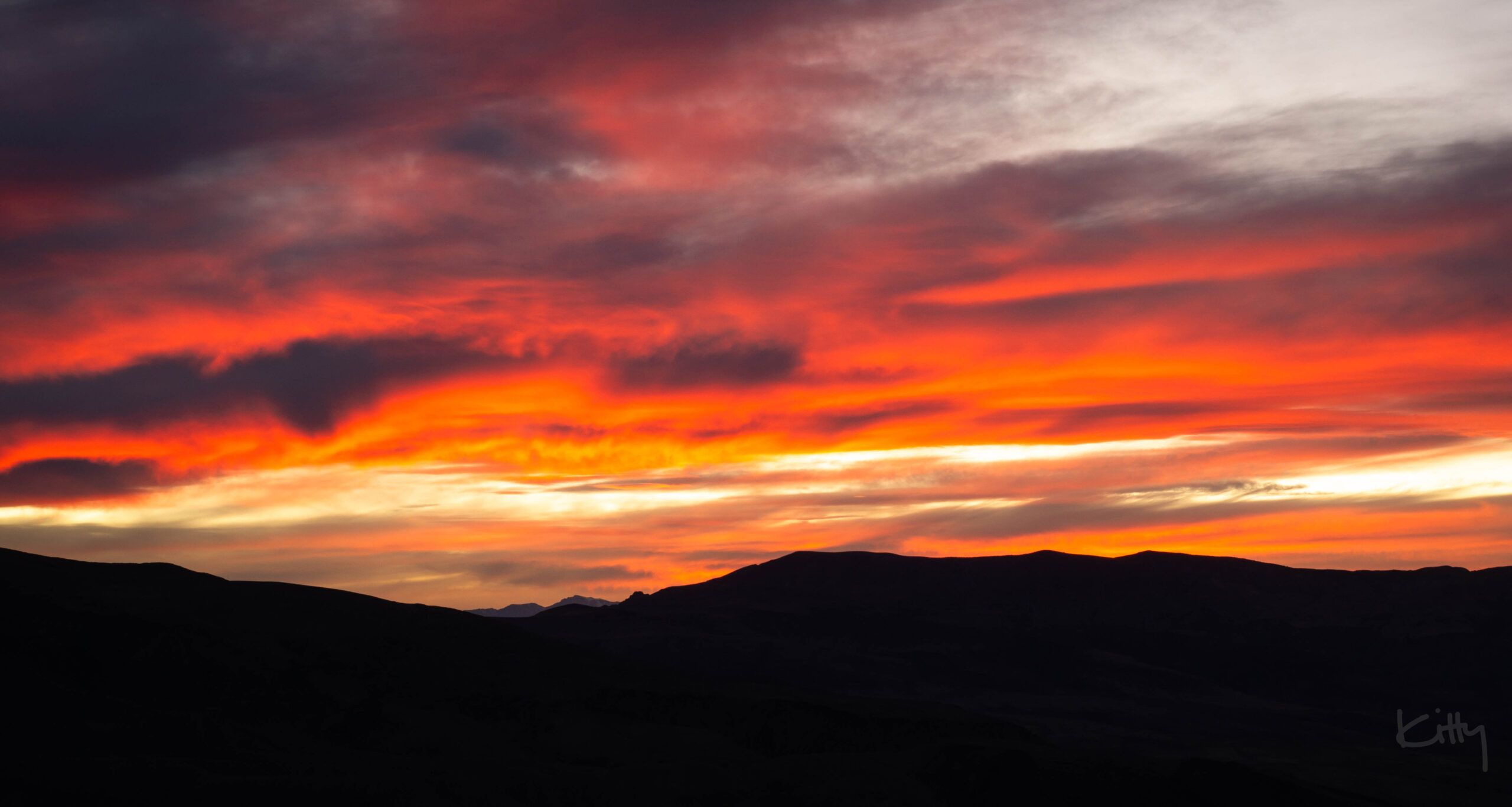photo: Sunrise at the Quiraing | Scotland, UK | © Kitty Singsuwan
Is it just me, or does it feel like professional landscape photographers are always in the right place at the right time?
Deep down, I know that for every great photo, there are plenty of bad ones. But most days it feels like I take bad ones, and nothing else. Drives me crazy.
So I observed other landscape photographers to see how they do it – capture near perfect photos more often then not – and noticed three approaches.
1) Reverse Engineer a Composition
I think most pros do this to some degree: visualize an end result, then reverse engineer their way to it.
This requires a fair amount of planning and prep. But if you get it right, all that hard work can reward you with amazing results. Especially if you want to include things like the milky way or an epic sunset into your composition.
You start with an idea, or a few. (If you don’t know what you want, run an image search for a location to see what’s possible.) Then consult your planning and prediction apps (like Google Maps, PhotoPills, and Windy.com) to organize your timing and approach.
During your research, you may learn that a location isn’t worth the trek. Or it is, just not right now. If your efforts save you from a failed excursion, that’s a win in my opinion.
Ultimately, reverse engineering a composition is about increasing your chances for a great photo, and limiting your failures. It isn’t foolproof – mother nature runs the show, after all – but it can get you so much closer to that dream’s dream of a photo.
2) Wing It
Funny as this sounds, some photographers wing it. They get an idea in their head, and go there. Or they arrive somewhere, check Google Maps for points of interest, and make their way towards it. That’s it.
I’ve done this a few times. The spontaneity and sense of exploration is thrilling. You might get lucky and come away with a few good photos. For me, unfortunately, mostly not. That’s the beauty of it, though.
3) Join a Workshop
Of all the photos that I have taken to date, the ones I’m most proud of were taken during photography workshops.
I know the upfront cost, and demanding schedule can be discouraging. However, if you can manage it, photography workshops provide the structure and space for capturing great photos, and can help improve your photography along the way.
You simply sign up to work with a professional photographer, for a few days to a week, in a specific location or region. Your leader does all the research and planning, determines the best locations and times to photograph, then takes you there. They’ll happily lend a hand and give photography guidance in the field, too.
If you don’t have time to do your own research & planning, don’t want to go it alone, or don’t want to navigate an unfamiliar area (like a foreign country), then joining a photography workshop might be the way to go.
Some workshop organizers provide airport pick up. Some include room, or room & food. Others offer classroom time and image critiques in addition to location shoots. And a few will take care of just about everything except airfare – all you have to do is show up with your camera gear.
Photography workshops are also a great way to meet like-minded photographers, and explore bucket list destinations.
That’s it! I hope this was helpful. And I hope you can incorporate some of this information into your next planning session.
If you decide that you wanna keep winging it, that’s fine, too 🙂
Until next time,
K



